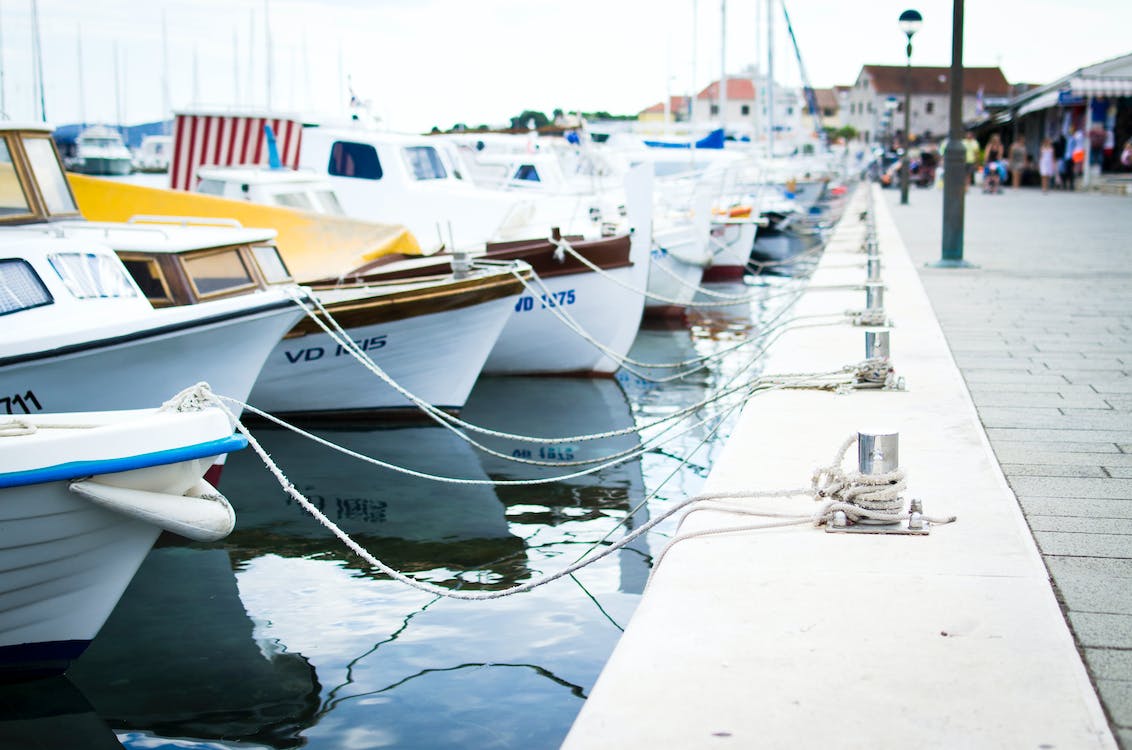If you’re one of the three hundred thousand people who bought a boat in 2020, you may be itching to get out on the water. However, knowing how to properly care for and sail your boat is a vital place to start.
One of the essential parts of sailing is knowing how to anchor a boat. This skill is necessary if you plan on taking a break while on your vessel.
If you’re unsure what anchoring a boat entails, you’ll want to keep reading. You’ll learn all about anchors, the right way to secure your vessel, and helpful hints to make this process easier.
Familiarize Yourself With the Types of Anchors
Before you begin, you’ll want to get acquainted with the kinds of anchors in existence. There are different anchors for various terrains, so knowing what the bottom of the body of water is like before you set sail is essential.
When considering the best anchor for your vessel, you’ll also need to consider the weight in comparison to the size of your boat. Owning a boat is a big responsibility, and you’ll need to keep this information handy for future reference.
One of the most popular options for anchors is a fluke or Danforth anchor. These are ideal for smaller boats, as they are lightweight and easy to store. A fluke anchor isn’t preferred for rocky terrain but sandy or muddy floors.
You may also opt for a plow anchor, which is easy to use and holds well on all bottoms except rocky terrains. If you’re looking for something ideal for rocky floors, delta or fisherman anchors are perfect.
Choosing a Location
Once you’ve set sail with the best anchor for your boat, you’ll want to choose the best spot to anchor your boat. This step is essential, as you’ll need to keep a few factors in mind when selecting your location.
When choosing a spot on the water to anchor, you’ll want to ensure that you have plenty of open space. This includes underwater obstructions that the anchor and lead can snag on.
You’ll also want to have an idea of how deep the water in the area is. This will come in handy when it comes time to drop the anchor.
Finally, you’ll want to be mindful of other boats in the area. After you anchor, your vessel will drift, so ensuring that there aren’t other boats close to you will help avoid crowding other boaters.
Once you have the location you’d like to set up, you’ll drop the anchor and let the wind and water drift you back.
How to Lower and Set the Anchor
In movies and cartoons set on the water, the captain or sailors will toss the anchor over the side of the boat. However, this is entirely unnecessary.
You’ll want to slowly lower the anchor after approaching from downwind. This is important as the current will help you drift slowly back to your desired position on the water.
When dropping your anchor, you’ll do so from the bow of your boat. If you anchor from another area on the boat, you risk capsizing or swamping your boat.
Another crucial aspect of anchoring is how much line or rode you let out. As a general rule of thumb, you’ll calculate the amount of rope you need by multiplying the depth of the water and the distance from the bow to the surface. The ratio tends to be seven feet of line per one foot of water.
Ensure Your Anchor Is Set
Once you’ve dropped your boat anchor, you’ll want to ensure that it is securely set at the bottom of the water and bow of the boat.
After you let out the line attached to your anchor, you’ll wrap the rope around the cleat on the boat. The cleat is a metal fixture that holds the rope from an anchor lead. Wrap the line tightly around the cleat in a figure eight pattern to ensure it’s secured.
Once you’re in your desired location, you’ll want to take reference points of where you’re located. Pay attention to where you’re standing on the boat and pick two stationary objects on the shore. Check these objects often; as if they move, it indicates that your vessel is anchored incorrectly.
You can also check that you’ve set a boat anchor correctly by frequently checking your coordinates to ensure they are the same every time.
Helpful Tips and Tricks
Finally, you’ll want to keep some tips and anchoring techniques in mind to help make the process seamless and simple.
When lowering and retrieving your anchor, it’s imperative that you wear a life jacket. Regardless of whether or not you’re a strong swimmer, accidents do happen. Unfortunately, you can fall over when lowering if you don’t have steady footing, so wearing safety equipment is essential.
Finally, when storing your anchor, ensure that you have neatly wrapped and secured the line and rope. This helps make use easy for the next time you anchor a boat. If the rope is knotted and tangled, it can create additional stress.
How to Anchor a Boat: Your Simple Guide
Though it can seem intimidating, anchoring a boat is a crucial aspect of owning a vessel. Keeping these tips in mind can help ensure smooth sailing on your outing.
If you’re ready to set sail and explore the open water, thanks to this guide on how to anchor a boat, you’ll want to check out the rest of our website. There, you can find more helpful lifestyle and travel content.

